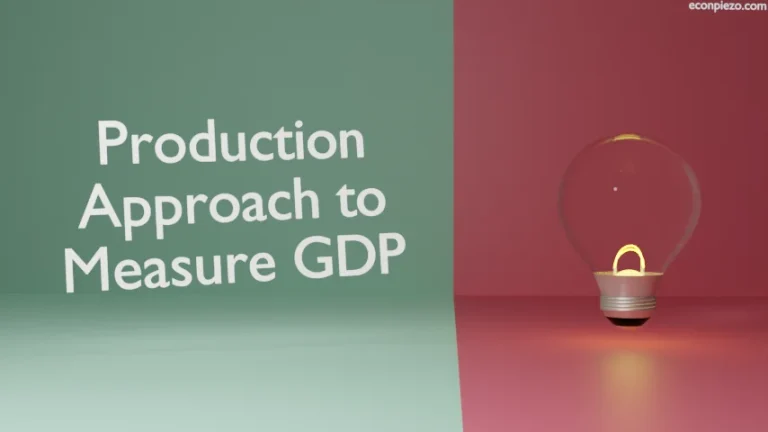In this article, we cover the basics of U.S. Existing Home sales data provided by the National Association of Realtors.
We can gauge the strength of an economy by analyzing its housing market. Increasing demand in the housing market shows that consumers are confident. And, they consider the economy to stay buoyant for years to come. On the other hand, falling demand tells us the opposite.
There are a number of housing market-related data that are released every month. We start with the most important one i.e. Existing Homes sales data.
Why do we give it too much importance? The basic reason is that existing home sales take a large chunk of the total housing sales market.
Basics
Though Existing home sales won’t contribute much to the construction sector. It is just a transaction between the buyer and the seller. But, there is more to it. For a buyer, it means they can opt to renovate their homes. Spending on items that they find useful for their new home. On the other hand, a seller may opt to invest the amount from the sale of the home to build some other asset.
National Association of Realtors provides us with the existing home sales data. The majority of the reported data is about sales contracts that have been closed. But, that doesn’t mean that contract was signed a few days prior. It usually takes 35 to 50 days to close the transaction between two parties. And, when that happens it ends up in existing home sales data.
So, existing home sales data comes out with a lag. As we have already discussed, it takes some time to close the transaction. So, when a contract is signed and the transaction isn’t yet complete, such data ends up in Pending Homes sales data.
It helps us measure the monthly change in price and sales of existing single-family homes. The data provided is from four regions: Northeast, Midwest, South, and West.
Understanding U.S. Existing Home sales data
The map for Existing Home sales regions:
https://www.nar.realtor/research-and-statistics/housing-statistics/map-of-existing-home-sales-regions
Besides, we can get the data from the link:
https://www.nar.realtor/research-and-statistics/housing-statistics/existing-home-sales
In the Overview section, we get Existing-Home Sales Overview PDF. It mainly has existing home sales (seasonally and not seasonally adjusted) data for all the regions. Then, there is inventory data which shows the number of homes that were available to be sold in that particular month.
Mos. supply: It is the time (in months) that would take for the inventory to be completely sold at the current rate. Lastly, we have sales prices of Existing homes. An increase in prices indicates that there has been an increase in demand. And, buyers are confident that they will be better off in years to come.






